



 |
 |
Main Menu |  |
 |
|||
| Contacts | FAQ | Links | |||||
 |
||||
| Infraorder Brachyura // Family Varunidae // Genus Eriocheir | ||||
| Eriocheir sinensis H. Milne Edwards, 1853 | Larvae development | |||
| The homeland of this species is China. Therefore, the crab became known as "Chinese". In China, it is fished and used as an aquaculture object. In 1912, it was accidentally brought to Europe from China with ballast water at the larval stages of development. It was first discovered at the confluence of the Weser and Aller rivers (Germany). In Europe, the E. sinensis population grew rapidly and already in the 1920s, these crabs were found throughout northern Germany and 700 km up the Elbe River. In European countries, this species harms hydraulic structures by digging holes on dams and thus destroying them (Zenkevich, Birshtein, 1937). Currently, the habitat of this species is a vast territory. From the Gulf of Finland and Bothnia in the Baltic Sea to the Gironde River in France. Thus, this species is found in almost all coastal countries of Western Europe, excluding Spain and Portugal (Anger, 1991; Petrescu et al, 2010). There is information about single finds of Chinese mitten crab in 1998-2002. in the northwestern part of the Black Sea and the northern part of the Azov Sea (Murina and Antonovskiy, 2001). It is known that the larvae of this species at the zoea stage develop only in seawater with a salinity of at least 15 ‰; the optimal value is 20 ‰ (Montu et al, 1996); water in the Black Sea with a salinity of 19 ‰ may well suit it. Based on this, it can be assumed that the Chinese mitten crab after a while may become a common species along the shores of the Black Sea. | ||||
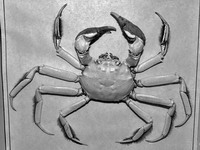 |
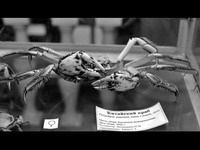 |
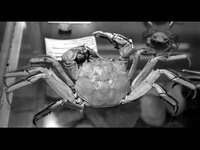 |
||
 |
||||
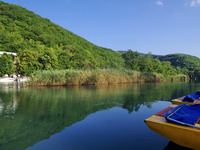 |
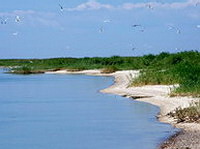 |
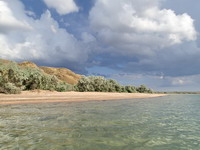 |
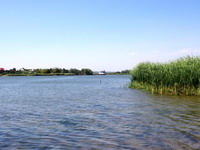 |
 |
| Azov-Black Sea Basin | Black Sea | Azov Sea | Lakes and rivers | |
 |
||||
| Full or partial publication of any materials of this site on the Internet is possible only upon receipt of written permission from the site administration with the obligatory indication of direct indexed references to the original material. Full or partial publication of any materials of this site in any other media is possible only by special agreement with the administration of the site www.decapoda.aquarius-s.ru |
||||
 |
|
